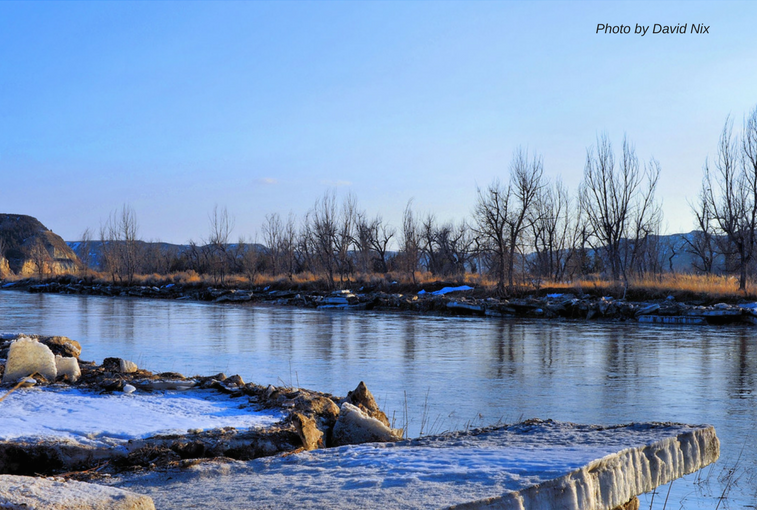In North Dakota, a rich history of exploration and conservation stretches from the indigenous peoples to a future president to Sierra Club-North Dakota Chapter members, and today the obligation to North Dakota's wildlands is more pressing than ever.
When Lewis and Clark passed through North Dakota, it was a vast expanse of wild prairie teeming with wildlife. In the two hundred years since then, much of the state has been plowed under or  taken over by towns and cities with their networks of highways, power lines, railroads, and oil and gas development infrastructure. A few wild places still survive in North Dakota’s National Grasslands where you can experience the awe that Lewis and Clark felt.
taken over by towns and cities with their networks of highways, power lines, railroads, and oil and gas development infrastructure. A few wild places still survive in North Dakota’s National Grasslands where you can experience the awe that Lewis and Clark felt.
The very same river that Lewis and Clark used as a guide through the Northern Plains has now been dammed, channeled and tamed. North Dakota is home to one stretch of the Missouri River that looks much like it did when Lewis and Clark traveled through this region. There are vast cottonwood forests and spectacular wildlife on the 87 miles of the river known as the Garrison Reach. This stretch is increasingly threatened as development grows around the cities of Washburn and Bismarck/Mandan. North Dakota Chapter is trying to preserve a bit of what is left by proposing a new state nature park on the banks of the Missouri just south of Bismarck.
Today, the Badlands and prairies of the Little Missouri River country give thousands of people what it gave to Theodore Roosevelt in the late 1800s, an exhilaration: "the beat of hardy life in our veins," and a responsibility "to preserve all the living creatures of prairie, and woodland, from wanton destruction." However, these wild places are threatened by oil and gas development and off-road vehicle use.
Only 32,000 acres of our national grasslands still qualify for wilderness status. It's just a little bit of land in this big state. We need to act now to ensure the survival of our wild places for future generations. In the 1964 Wilderness Act, Congress promised "to secure for the American people of present and future generations the benefits of an enduring source of wilderness."
But today, 50 years later, that promise has not been kept in North Dakota. We have the opportunity now to go down in history as the Dakotans with the wisdom to fulfill that commitment and protect these wildlands.
We need your help! Please get in touch today!